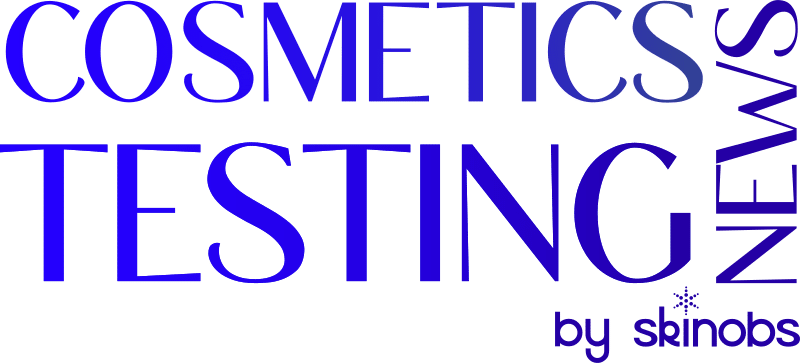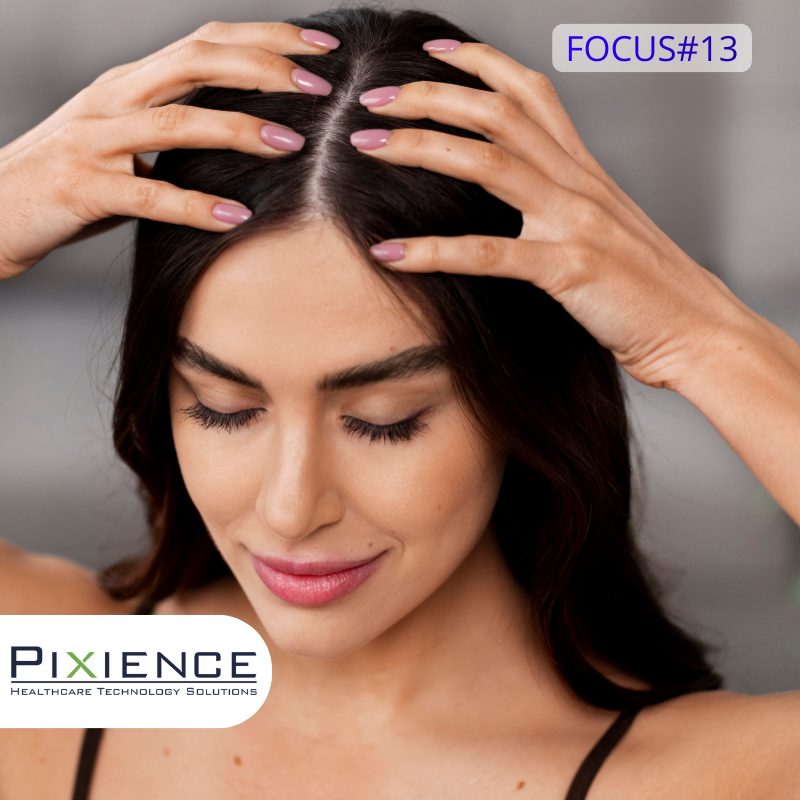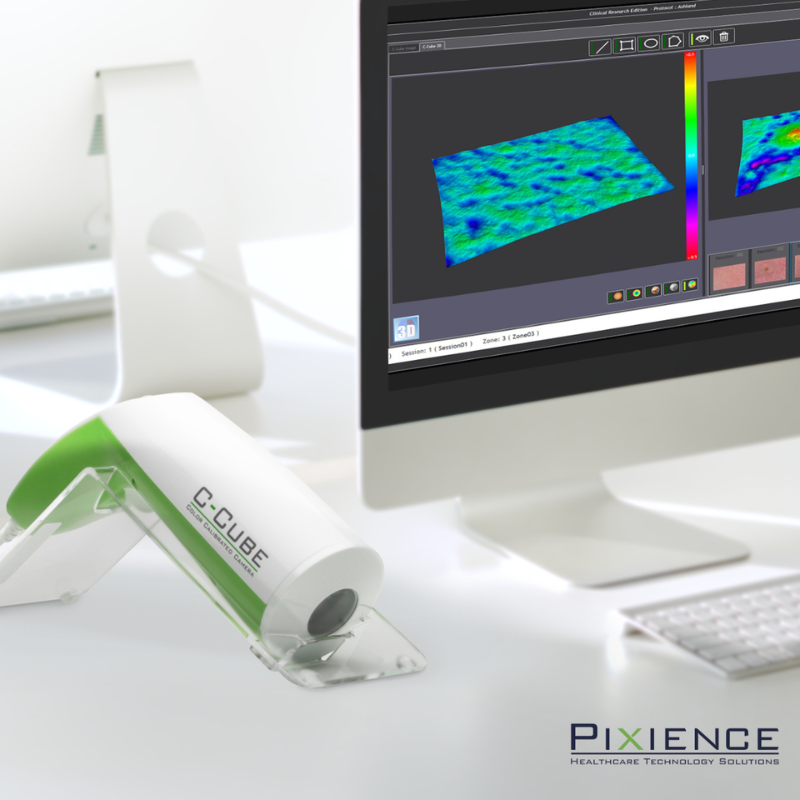Exposure to the sun is one of the main environmental aggressions for the skin. It can cause sunburn, premature skin aging, redness or pigment spots. It can also have a lasting effect on the skin barrier.
In this context, sun care has become a must-have in summer cosmetic ranges.
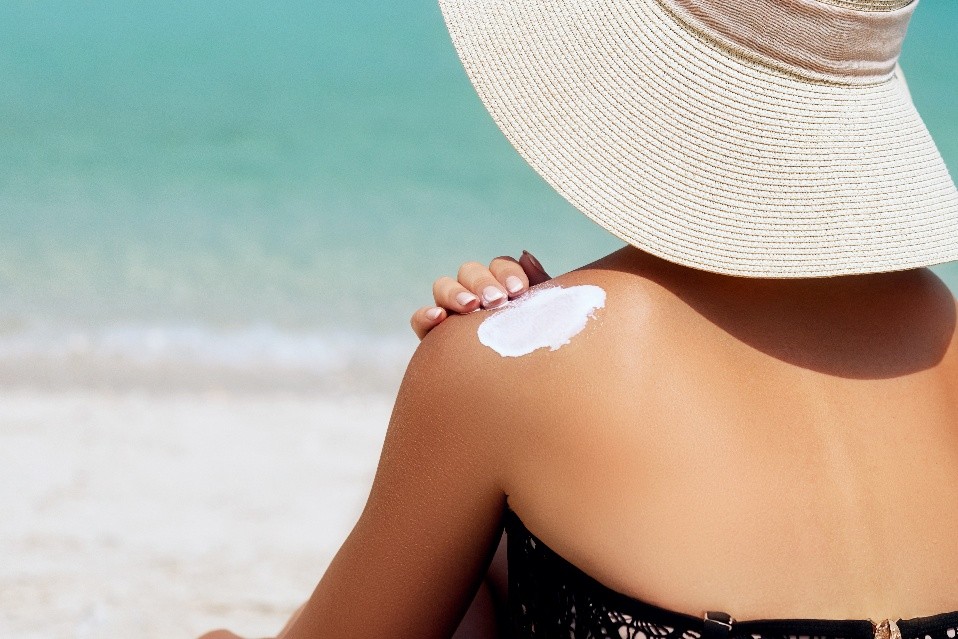
For dermocosmetic brands, sun care is a skin health issue. To ensure their credibility and effectiveness, it is imperative to rely on sound science.
In this context, the C-Cube is positioned as a central measurement tool in clinical research.
Its unprecedented accuracy, with a margin of error of less than 0.1%, ensures reproducible measurements in all light conditions for all phototypes.
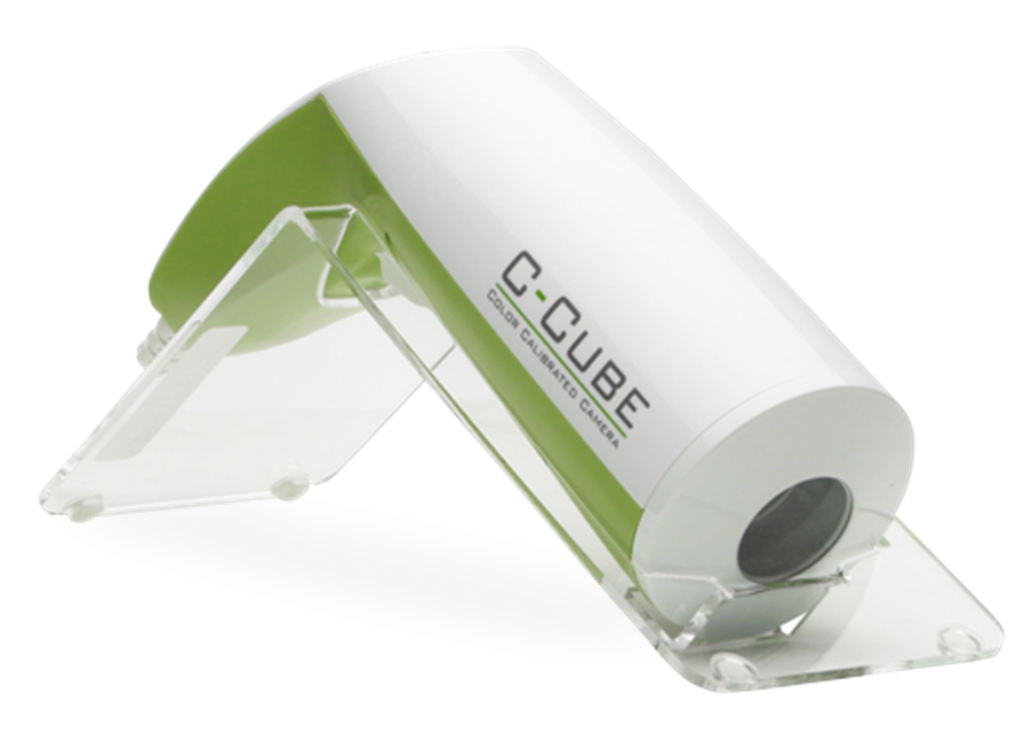
How to use the C-Cube to objectify the effect sought by dermocosmetic brands?
- Sunscreen
Sun protection aims to limit the effects of UV radiation (UVB and UVA): sunburn, oxidative stress, inflammation, premature aging, etc.
Redness and pigmentation are direct consequences of unprotected or insufficiently protected exposure, and their evolution therefore makes it possible to indirectly quantify the photoprotective effectiveness of a treatment. This approach is non-invasive, reproducible, and visual.
- Color measurement
Colour is a relevant indicator for evaluating the effectiveness of a photoprotective agent. The Lab* values obtained by the C-Cube, perfectly correlated with those of a chromameter, guarantee the reliability of the measurements. In addition, each measurement is systematically associated with an image of the analyzed area, providing accurate and actionable visual documentation.
- Erythema measurement
The inflammatory response is a way for the body to defend itself, which is why local irritations can be triggered following exposure to the sun. Thus, it is a major indicator of insufficient sun protection. Its quantification is essential to validate the photoprotective efficacy.
The erythema index measured by the C-Cube is based on the a* component, which reflects the intensity of skin redness. It is represented in the form of a colored map, allowing you to visually locate the areas of inflammation. A decrease in this index indicates that the skin is less irritated. At each measurement, a specific rendering is generated to clearly illustrate the evolution of the erythema.
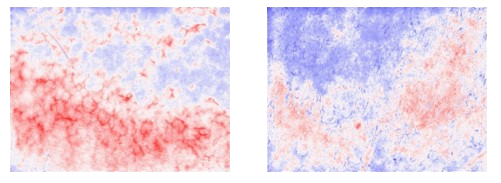
- Tanning: objectifying uniformity and intensity
Self-tanning and tan-prolonging treatments impress with their promise of a sun-kissed complexion without excessive sun exposure. But obtaining a natural, progressive and homogeneous bronze, while respecting the skin specificities of each person, remains a real formulation challenge. These products must demonstrate their effectiveness in boosting pigmentation in a controlled way, and maintaining the complexion’s radiance over time.
- Phototype measurement
The phototype, defined by the sensitivity of the skin to UV rays, is a relevant indicator for quantifying an overall change in skin tone induced by a treatment. The phototype can be measured directly with the C-Cube.
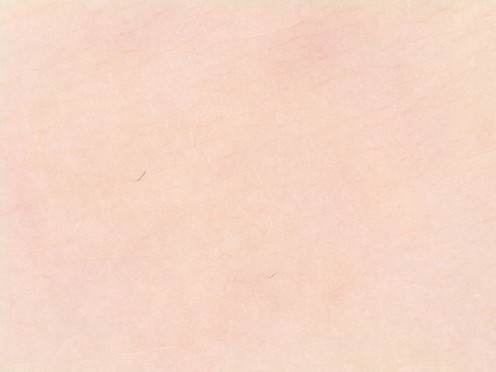
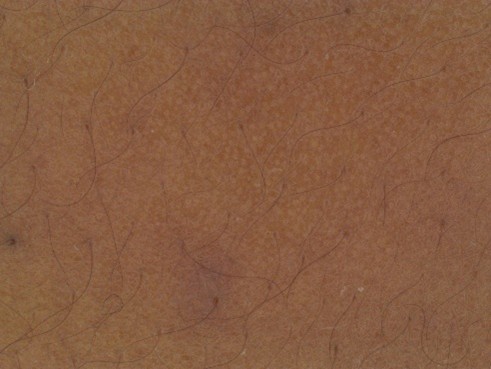
- Pigmentation measurement
The pigmentation index is used to assess the amount of melanin present in the skin, the pigment responsible for its colour. The higher this index, the more intense the tan. The C-Cube calculates this index from the color data of the image, in particular the components L* (brightness) and a*/b* (red-green and yellow-blue), which vary according to the concentration of melanin. This approach makes it possible to monitor the evolution of pigmentation in a precise, visual and reproducible way.
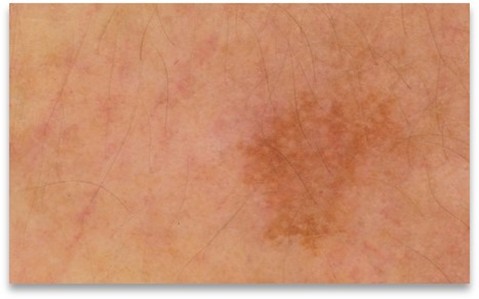
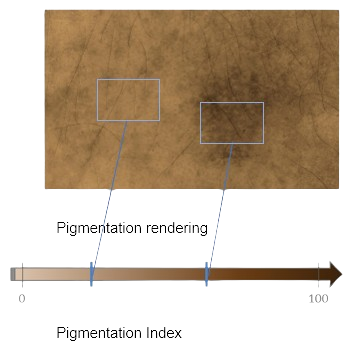
- After-sun: soothing and uniformity
- Roughness measurement
After sun exposure, the skin can become rough and unevenly textured. After-sun products target the regeneration of the skin barrier, promising smoother and more supple skin.
The C-Cube allows you to precisely quantify skin roughness using the parameters of the ISO 25178 standard: Sa, Sq, Sdr.
The decrease in these indices over time testifies to the improvement in texture and therefore proves the repairing effect of the product.

- Measurement of pigmentation homogeneity
Repeated sun exposure promotes the appearance of pigment spots and a heterogeneity of the complexion, particularly visible in photo-exposed areas. After-sun and depigmenting products target the reduction of these spots to restore an even complexion.
The C-Cube makes it possible to quantify the uniformity of the complexion by analyzing the variance of the amount of melanin in a given area. The higher this variance, the more irregular the pigmentation. This measurement makes it possible to visually and objectively assess the effectiveness of treatments aimed at homogenizing the complexion or reducing pigmentation spots.
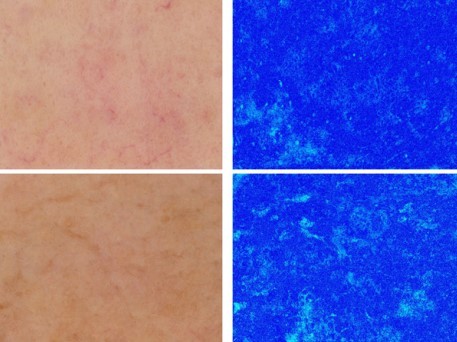
- Desquamation – In-vivo and ex-vivo
Sunburn is frequently followed by desquamation, which is related to the loss of cells in the stratum corneum. The reduction of this flaking over time is a strong argument for lipid-replenishing and soothing products.
The C-Cube allows an in vivo assessment of desquamation via the analysis of the L* component of the image, corresponding to the scales on the surface of the skin.
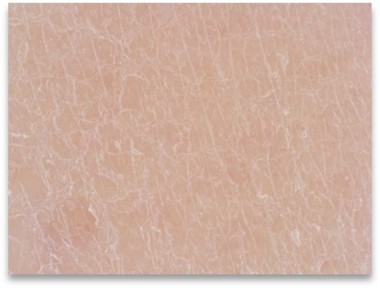
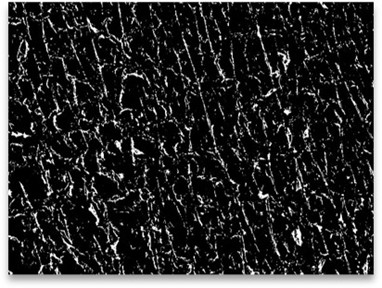
In ex vivo, a stripping technique (D-Squame® or Corneofix®) allows the skin film to be removed from the surface. Thanks to the C-Cube, this sample is then analysed with great precision, both colourimetrically and metrically. This method offers a rigorous and reproducible quantification of desquamation, providing concrete proof of the soothing or restorative effectiveness of the treatments tested.
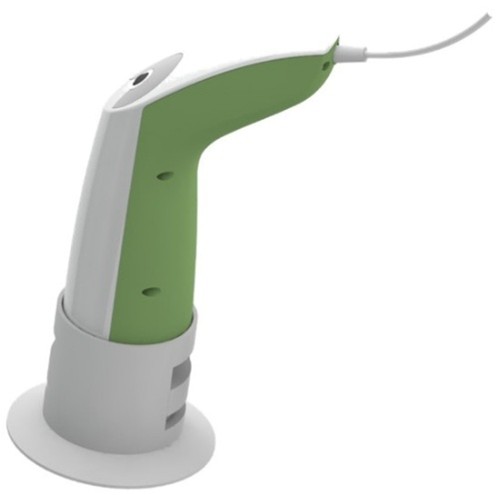
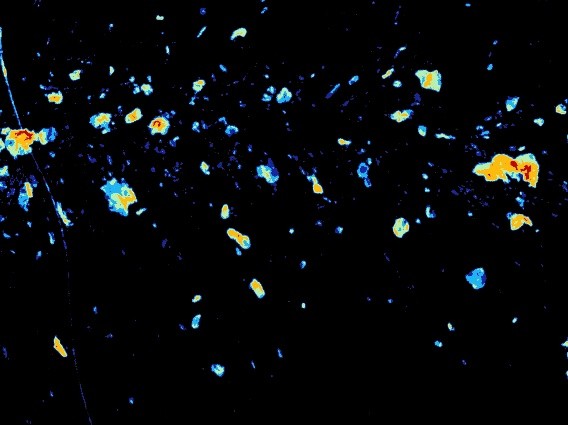
Today’s sun care products must meet high standards, whether it is protecting, enhancing or repairing sun-exposed skin. In this context, instrumental measurement becomes a key lever for scientifically validating the promises of cosmetic products.
The C-Cube is part of this dynamic. Thanks to its very high accuracy (± 0.1%) and compatibility with all phototypes, it allows the effects of sun care to be objectively evaluated, without being influenced by lighting conditions.
More than an imaging tool, it offers a complete range of colorimetric, textural and ex-vivo analyses, covering all the claimed benefits: photoprotection, tanning, soothing.
Designed for clinical research but accessible to different types of studies, the C-Cube helps brands rely on reliable, visual and scientific data.
The C-Cube transforms cosmetic innovation into tangible, visible, measurable, credible evidence.
Advertorial
CONTACT
Pixience
Sébastien Mangeruca
CEO
https://www.pixience.com/logiciel-clinique/

